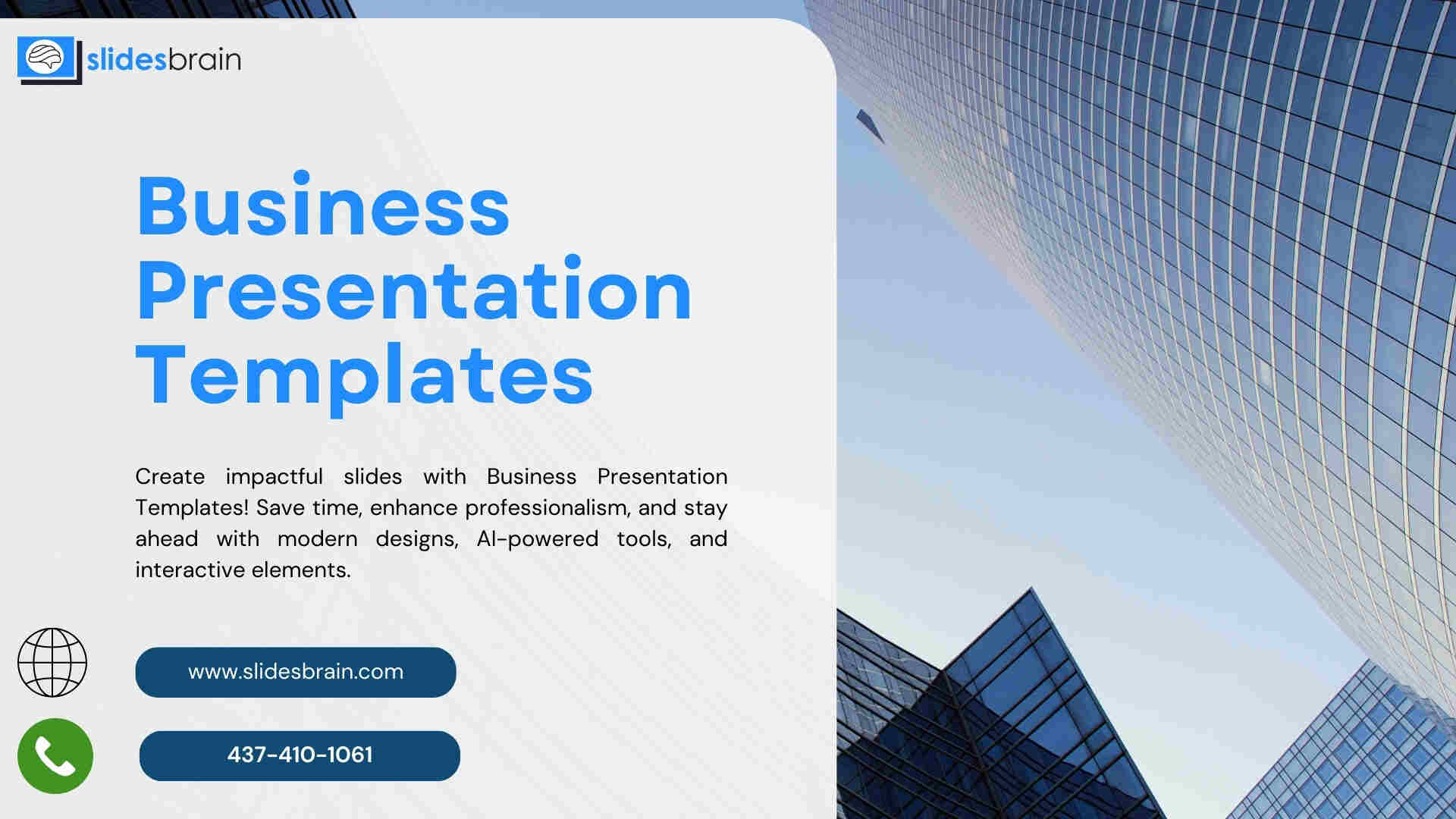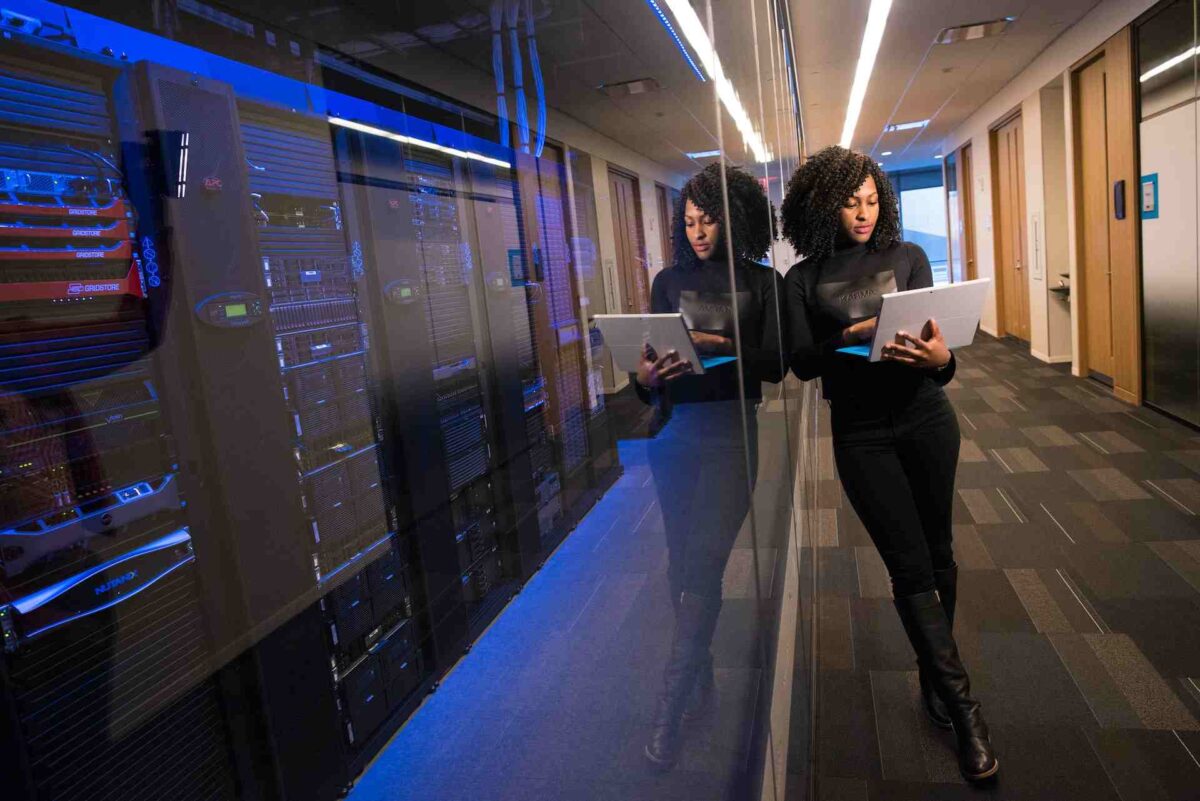Elevate your brand’s image with strategic corporate office interior design, incorporating color, lighting, materials, and technology to leave a lasting impact on your products and services.
The significance of office interior design in the modern corporate world goes far beyond mere aesthetics. A well-designed office space is a powerful tool that can shape how an organization’s products and services are perceived by clients, employees, and stakeholders. Gone are the days when office interiors were merely functional spaces; now, they serve as compelling platforms for brand storytelling, employee productivity, and client engagement.
With businesses facing stiff competition, office interior design has become more crucial than ever in shaping the perception of an organization’s products and services. Understanding the impact of office interior design on the perceived quality of an organization’s offerings is paramount.
It involves the thoughtful creation of interior décor and furnishing design ideas, incorporating elements like color, lighting, materials, and technology. This article explores the profound influence of office interior design on the overall success of a business, unveiling the secrets to creating captivating and impactful workspaces. Let’s embark on a journey to discover how thoughtful office design can elevate the essence of your organization and leave an indelible mark on all aspects of your products and services.
A corporate Workspace Design: Navigating Diversity and Cultivating Corporate Culture
Designing for a corporate workspace presents a unique challenge in interior design, primarily due to the diverse range of personality types that exist among team members within organizations. A skilled designer must possess a natural ability to communicate effectively with various individuals to discern their distinct needs and preferences.
Beyond interacting with the staff, interior designers also navigate interactions with building contractors and handle situations involving change management. Their ultimate objective, however, transcends mere aesthetics; it revolves around creating workspaces that not only reflect the company’s corporate culture but also foster an environment that enhances learning, motivation, and overall employee well-being.
The successful fusion of functionality and aesthetics in commercial spaces hinges on understanding the intricacies of individual requirements and aligning them with the organization’s values, resulting in spaces that inspire productivity and happiness among the workforce.
The Art and Science of Interior Design
Contrary to common misconceptions, interior design is not just about aesthetics and superficial adornments. It is a thoughtful blend of art and science, involving the strategic use of color, lighting, materials, and technology to create harmonious spaces that align with the organization’s values and vision.
1. Colors that Speak Volumes
Color psychology plays a pivotal role in office interior design. Different colors evoke distinct emotions and can influence how people perceive a brand. For instance, vibrant and bold colors can convey creativity and energy, ideal for businesses in the creative industries. Meanwhile, serene and muted tones can be more suitable for organizations in the healthcare or finance sectors, promoting a sense of trust and reliability.
2. Illuminating Ambiance
Lighting is an essential aspect of interior design that significantly impacts the mood and functionality of a space. Properly lit workspaces can enhance productivity and foster a sense of well-being among employees. Additionally, strategic use of lighting fixtures can highlight specific areas, such as products or artwork, thus drawing attention to key elements that reflect the organization’s values.
3. Materials that Tell Stories
The choice of materials for office interiors can subtly convey the brand’s identity and values. Sustainable materials, for instance, can signal a company’s commitment to environmental responsibility. Similarly, sleek and modern materials might mirror a tech-oriented company’s innovation and progressiveness.
4. Integrating Technology
Incorporating cutting-edge technology not only adds functionality to the workspace but also reflects the organization’s embrace of modernity and efficiency. Smart office systems, interactive displays, and augmented reality features can impress clients and create a memorable experience that sets the brand apart.
The Impact on Products and Services
The perceived quality of products and services is deeply intertwined with the overall brand image. A well-designed corporate office can positively influence this perception in several ways:
1. Client Impressions
Clients and potential customers who visit a thoughtfully designed office space are more likely to view the organization as professional, reliable, and forward-thinking. An impressive office creates a lasting impression, making clients feel confident about the products or services they are investing in.
2. Employee Morale and Productivity
An aesthetically pleasing and functional office environment can significantly impact employee morale and productivity. A well-designed workspace fosters a sense of pride and belonging among employees, enhancing their loyalty and dedication to the organization. Moreover, a comfortable and stimulating work environment can boost creativity and overall productivity.
3. Brand Storytelling
Corporate office interior design is an opportunity to visually narrate the brand’s story and values. From the reception area to meeting rooms, each space can showcase elements that symbolize the company’s history, achievements, and aspirations. These visual cues leave a lasting impression on visitors, helping them connect emotionally with the brand.
4. Recruitment and Talent Retention
A remarkable office environment can give a competitive edge in attracting top talent. Job seekers often consider the office space and work culture while evaluating potential employers. A well-designed office reflects a company’s commitment to its employees’ well-being and can contribute to higher retention rates.
To Wrap Up
Corporate office interior design is not merely an indulgence in aesthetics but a strategic tool for shaping brand perception, enhancing product and service quality, and creating a positive impact on both clients and employees. By carefully curating the use of color, lighting, materials, and technology, organizations can create an inspiring and memorable space that resonates with their target audience. A thoughtfully designed office will not only elevate the brand image but also foster an environment of creativity, productivity, and growth, leading to long-term success and prosperity.























Leave a Reply